As they were chased across the Tigris River, they came across an incredible sight: the walls of an enormous ruined city, crumbling into the sand
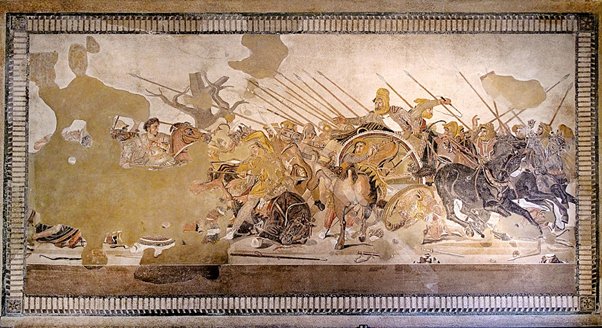
But no one who lived there knew who had built these enormous walls.
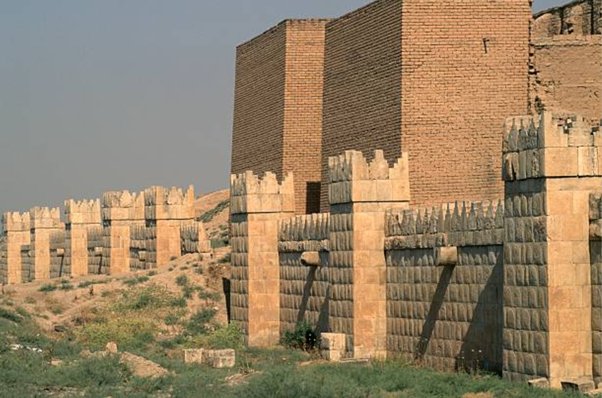
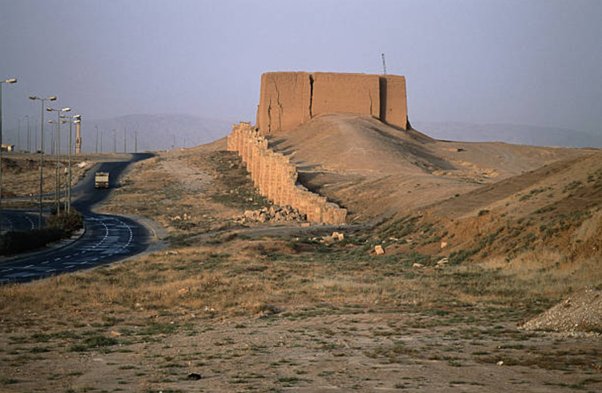
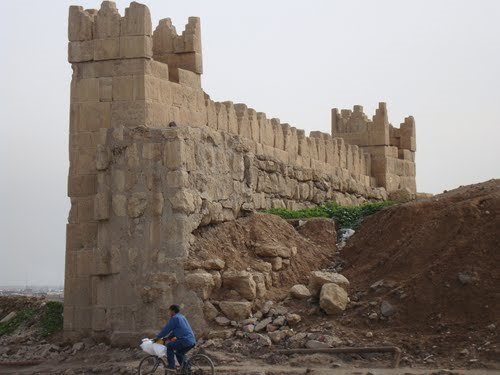
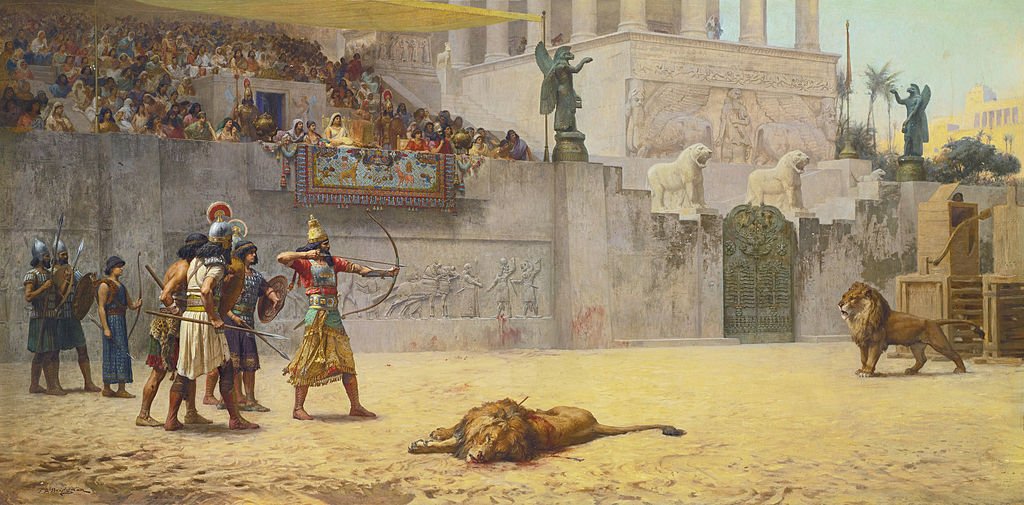
But the legacy of Assyria had been so completely eradicated that even its name had been forgotten, its streets & districts devastated, its once-opulent palaces & gardens burned & buried in the sand.
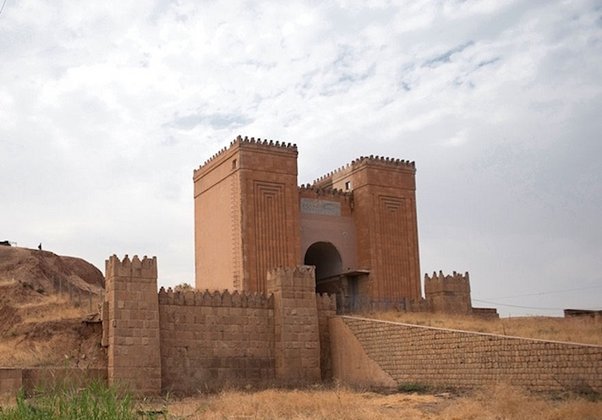
Between its golden age & the moment of its complete destruction, barely 15 years had passed.
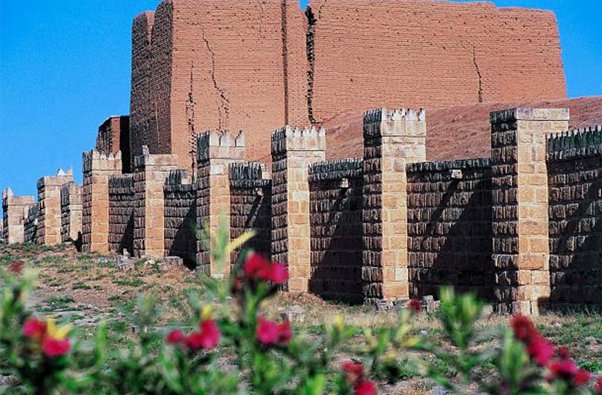
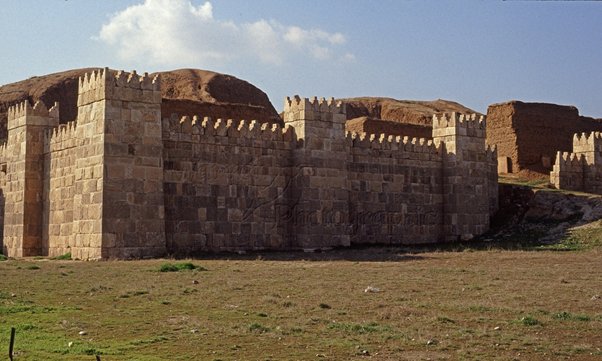
The Assyrians built a large number of heavily fortified cities, & operated an extensive trade network.
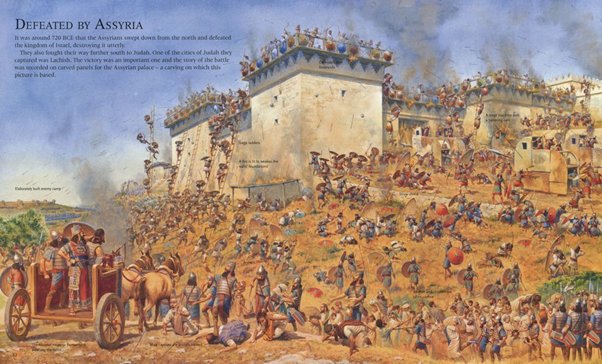
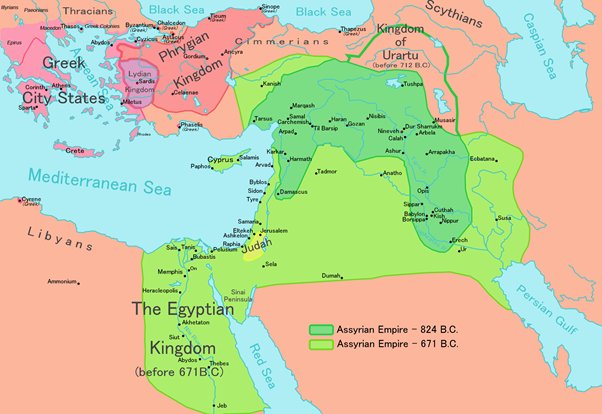
Its brutal reputation led the Hebrew prophet Nahum to call Nineveh “the city of blood, full of lies, full of plunder, never without victims!” (biblegateway.com/passage/?searc…)
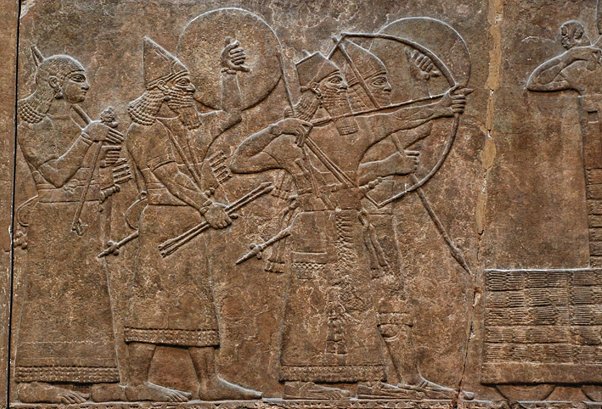
They made great advancements in mathematics, astrology & engineering, & ran one of the most effective & literate societies history had thus far seen.
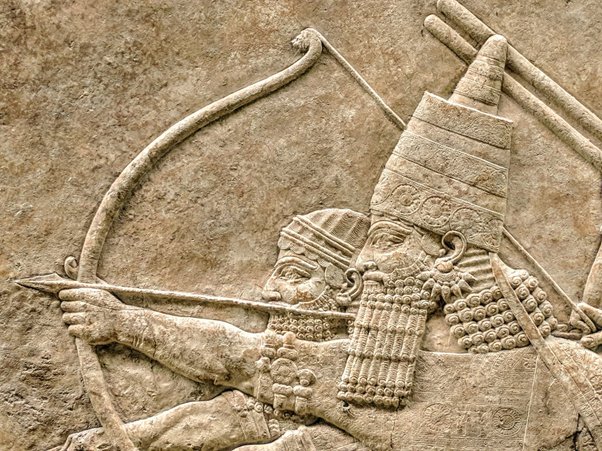
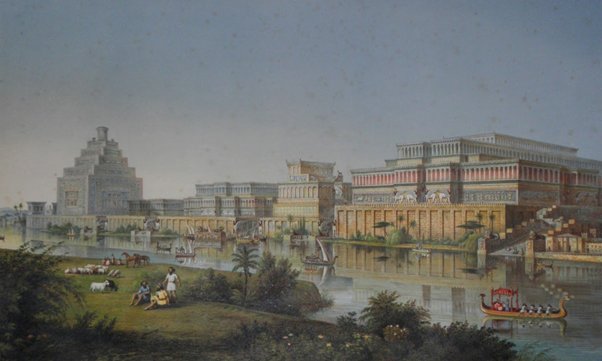
He is also known as a great lover of books, & for his capacious library in his palace at Nineveh.
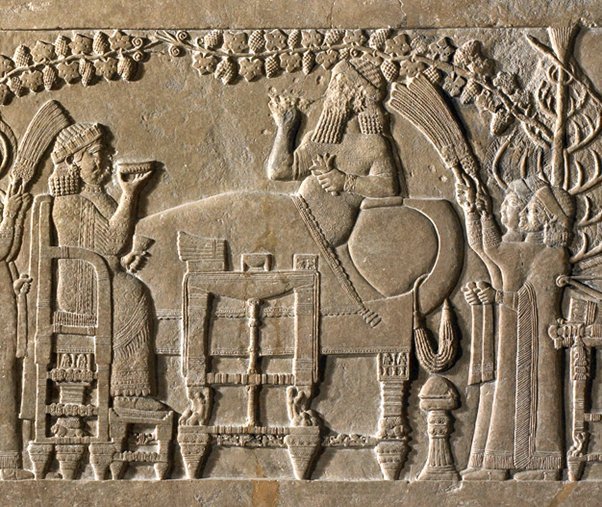
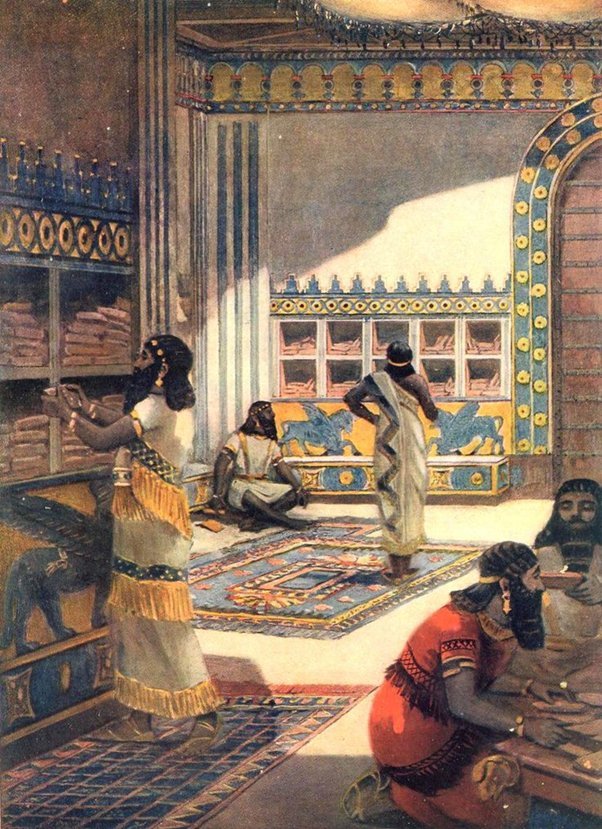
He ruled with an iron fist, & rained down incredible devastation on the enemies of Assyria, such as the rival Elamite Empire in Persia.
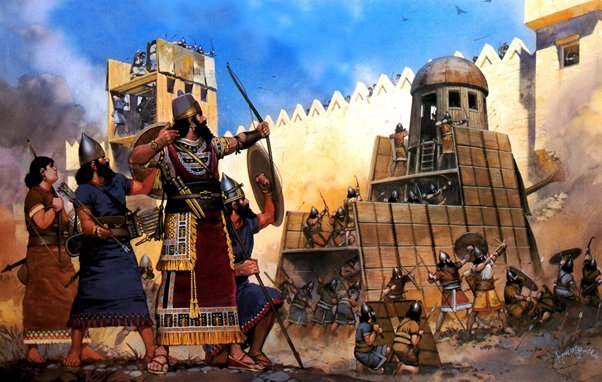
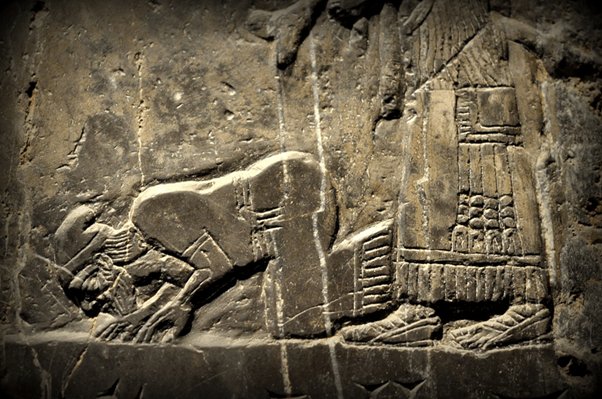
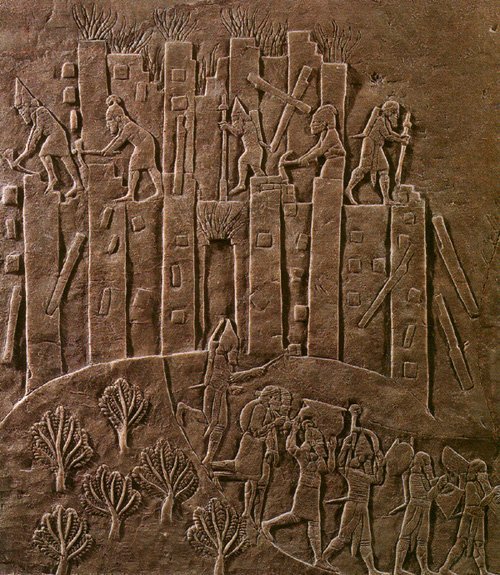
This C8th BCE carving shows Assyrian soldiers carrying the statues of enemy gods home.
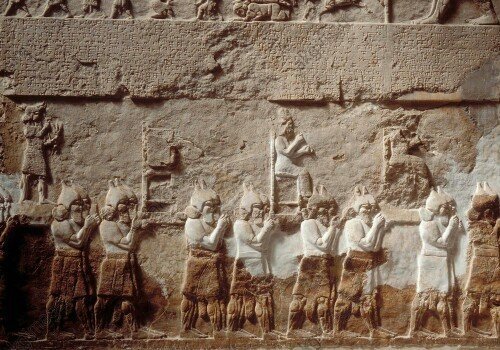
Slowly but surely, the foundations of the Empire began to crumble.
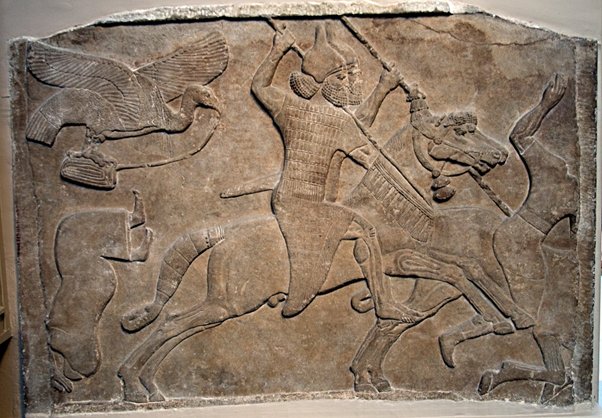
What we do know is that when Ashurbanipal died in 627 BCE, the entire Assyrian Empire began to fall apart.
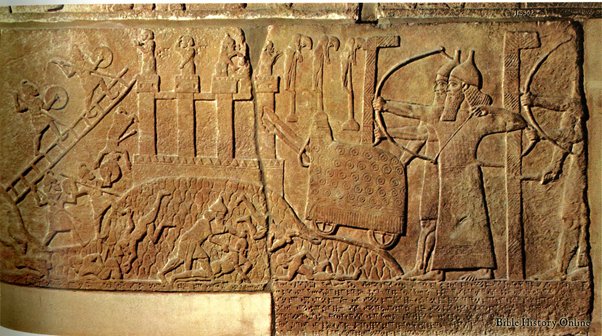
Within 10 years of his death, all of the enemies who hated Assyria so much banded together into a coalition & marched into Assyrian lands.
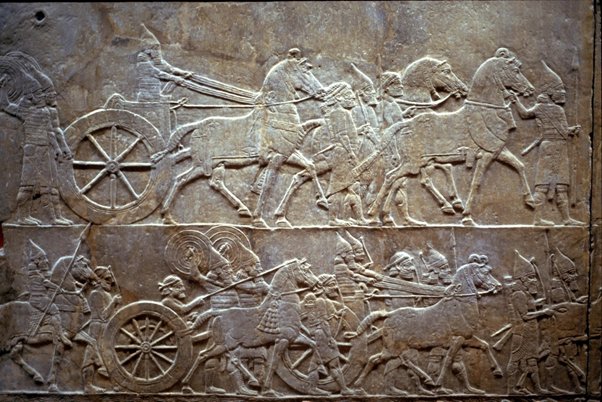
Assyria had relied on putting down its enemies one by one. Now the Persians, Parthian & Medes were able to ally with Scythians, Cimmerians & Babylonians into an unbeatable force.
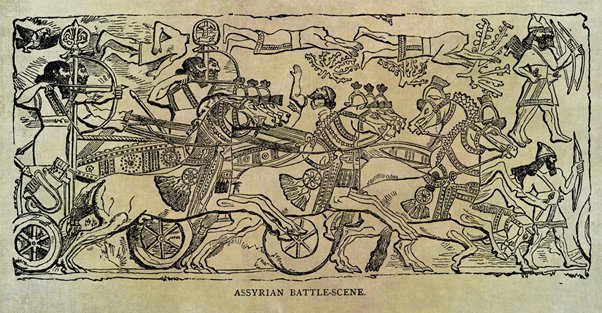
But for the Empire of Assyria, time had run out.
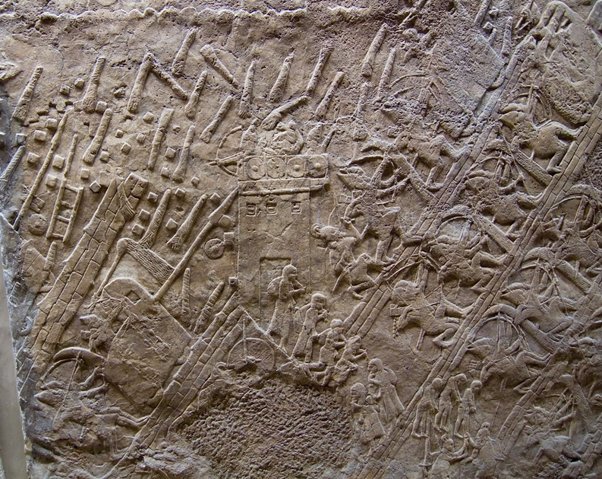

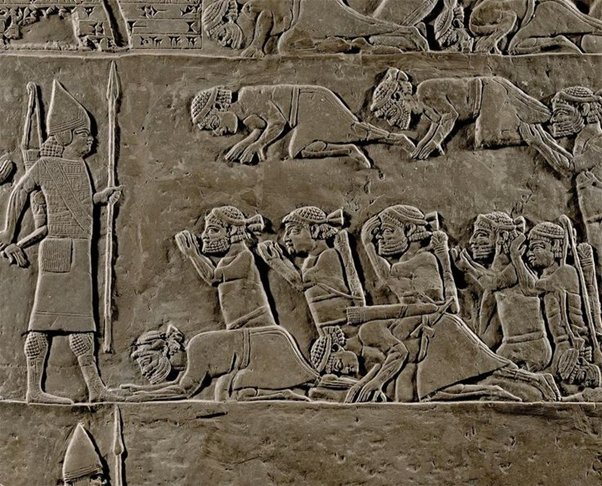
When modern archaeologists uncovered the ruins of Nineveh, they found unburied skeletons still lying in its streets.
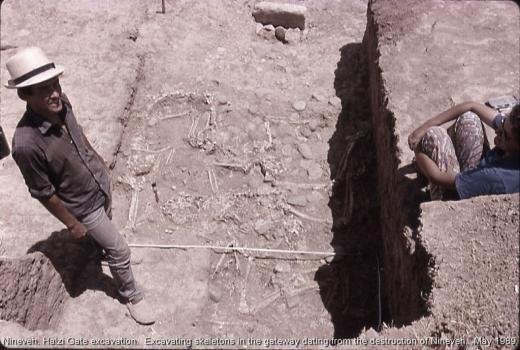

“King of Assyria... Your people are scattered on the mountains...
Your wound is fatal.
All who hear the news about you
clap their hands at your fall,
for who has not felt your endless cruelty?”
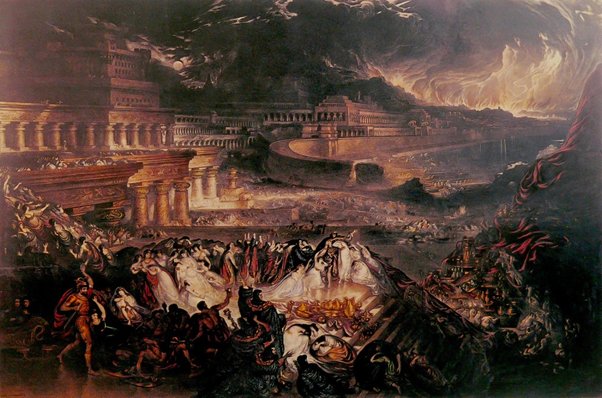
Thanks for listening! If you’re interested in learning more about King Ashurbanipal & his famous library, I did a thread on it here:

















